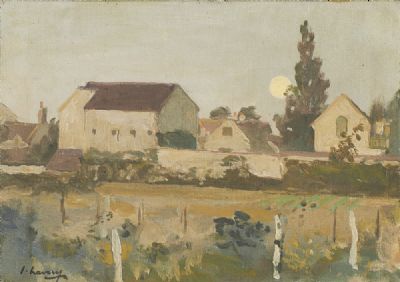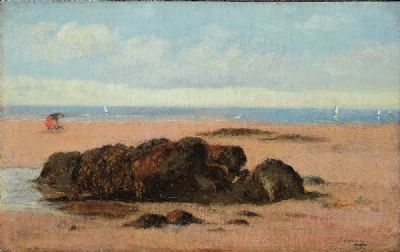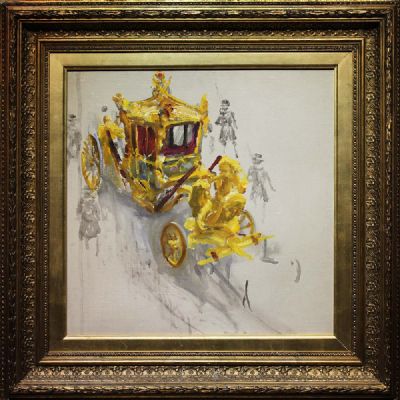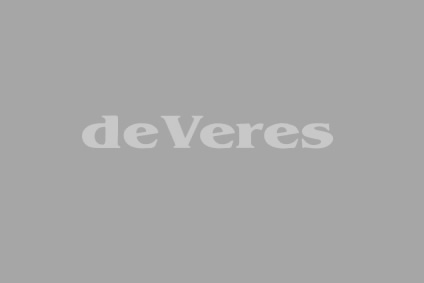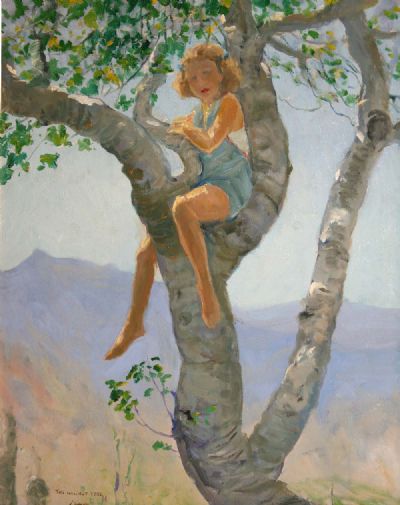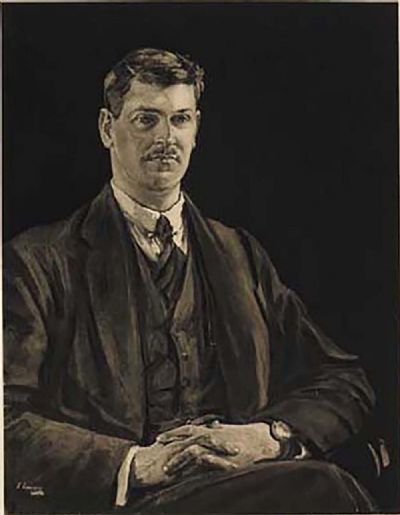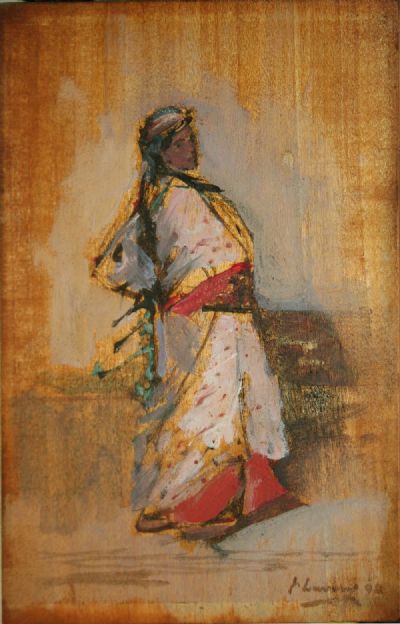Sir John Lavery
John Lavery was born in Belfast and raised for a large part of his childhood in Scotland. He studied there and was commissioned in 1888 by the executive council of the Glasgow International Exhibition to record the state visit of Queen Victoria. This commission launched his career and enabled his move to London amid high society where he would find a number of patrons and record the lifestyle of the social elite.
Lavery was celebrated as one of the most sought after portrait artists of his day and he painted the powerful people in aristocratic, but also political circles. A significant portion of his output is dedicated to the politicians involved in Irish politics and these paintings now represent the first visual representations of the newly shaped Ireland following emancipation. Lavery’s sympathy with the Irish Nationalist cause led him to create works without commission, clearly marked for public institutions and bequeathed to Hugh Lane in 1935, in memory of his wife, Lady Hazel Lavery, as well as what is now the Ulster Museum.
In addition to Lavery’s contribution of notable portraiture is the image he painted of his wife Hazel as Kathleen Ni Houilhan, the personification of Ireland in mythology, an image which was absorbed into early Irish social history through its prominence on free state currency.
Lavery’s work was an intentional chronicle of this period of Anglo- Irish history and played its part in creating a new visual identity for the newly independent Ireland. His bequeathal to Ireland’s new public institutions has ensured that Lavery will remain a significant player in the history of art in Ireland.
Read More
Lavery was celebrated as one of the most sought after portrait artists of his day and he painted the powerful people in aristocratic, but also political circles. A significant portion of his output is dedicated to the politicians involved in Irish politics and these paintings now represent the first visual representations of the newly shaped Ireland following emancipation. Lavery’s sympathy with the Irish Nationalist cause led him to create works without commission, clearly marked for public institutions and bequeathed to Hugh Lane in 1935, in memory of his wife, Lady Hazel Lavery, as well as what is now the Ulster Museum.
In addition to Lavery’s contribution of notable portraiture is the image he painted of his wife Hazel as Kathleen Ni Houilhan, the personification of Ireland in mythology, an image which was absorbed into early Irish social history through its prominence on free state currency.
Lavery’s work was an intentional chronicle of this period of Anglo- Irish history and played its part in creating a new visual identity for the newly independent Ireland. His bequeathal to Ireland’s new public institutions has ensured that Lavery will remain a significant player in the history of art in Ireland.
Read More

